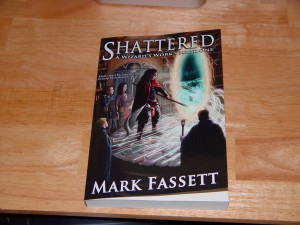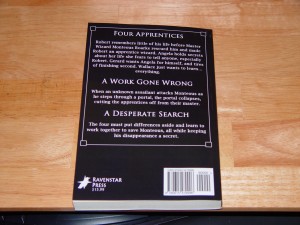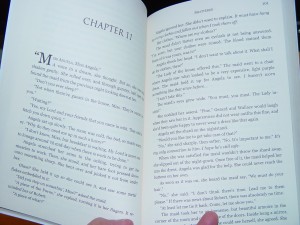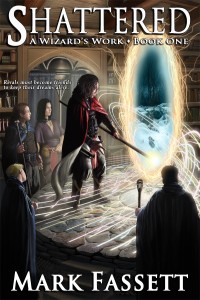I wrote Shattered completely in StoryBox. I’m sure none of you are surprised. What may surprise you is just how easy it was to publish the work to Amazon and PubIt. Smashwords took a little extra work, but because of how StoryBox exports, you’re starting with a pretty clean file to begin with. (Note that everything described in this post is using version StoryBox 1.3.105 (coming soon!))
So, just how easy was it to put it on B&N and Amazon?
First, if you don’t already have your defaults this way, you want to turn off “Preserve Formatting” for each of your scenes. You want to turn it on for each of your Chapters (which will become your chapter headings), and probably for your other, non-scene documents (title page, etc…)
Second, go through your Chapter pages and set the font larger. The actual font size used on export will be relative to your default text font.
Third, import the image for your title. It should be of an appropriate size. In the document properties, click the “cover” checkbox.
Fourth, if you want to use an image for a scene separator, import your scene separator image and click the “scene separator” checkbox.
Fifth, add SB Code where you need it. [br] for line breaks, [url] for urls.
I put my title page information in the Story node. I added a Document for my copyright page and put that ahead of the first chapter. Also, added one for a dedication. You don’t want these to be Chapters, unless you want them to be in the table of contents that gets generated.
Now, the best part. From the Project menu, select Export. You will need to export twice. Once for most normal ePub readers, and once for uploading to Amazon.
First, for normal ePub readers, select ePub from the File Format drop down. Make sure “Include Body”, “Include Children”, and “Convert To Typographer’s Quotes” are checked – they should be by default. If you are using an image for a scene separator, select “[picture]” from the Scene Separator drop down. Click Export, and you are ready to upload it.
For Kindle, the process is exactly the same with one extra step. Tick the “Prepare For Kindle Conversion” checkbox before you click Export. You don’t have to do this, but if you don’t, there will not be any space around your scene separators. You can upload the ePub directly to Amazon.
One thing to keep in mind when using images for scene separators. Don’t use a transparent .png file for the kindle version. It will turn into a black box when Amazon converts it. Use a .jpg with a white background. Ticking the Scene Separator box on one image removes it from the other image, so you just have to make sure you tick the proper box before you export, unless you use the same image for both kindle and ePub. This is a particularly annoying feature of the Amazon conversion. If you convert an ePub to mobi using Calibre, the transparent PNG’s work fine on the device if you use the USB cable to transfer it.
Smashwords takes a bit of extra work because they require a .doc file. Export a third time to .rtf. You don’t have to worry about removing the SB code you added for the ePub export. StoryBox does that for you. Then open it in word follow the Smashwords guide. You should NOT have to use the nuclear option, but you will have to set up your styles. When you’re done, save as .doc and upload!





